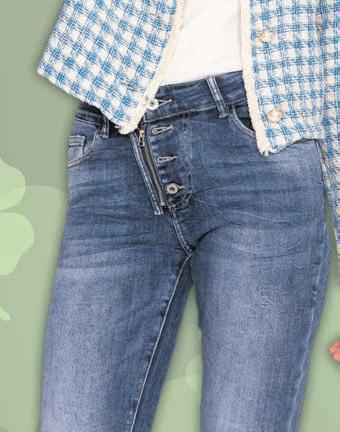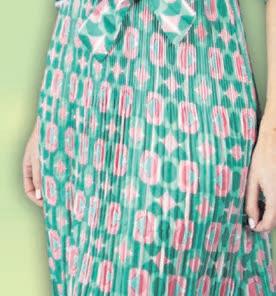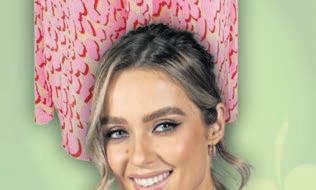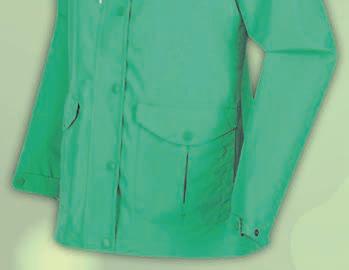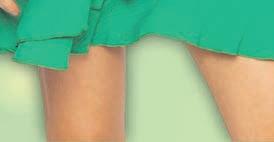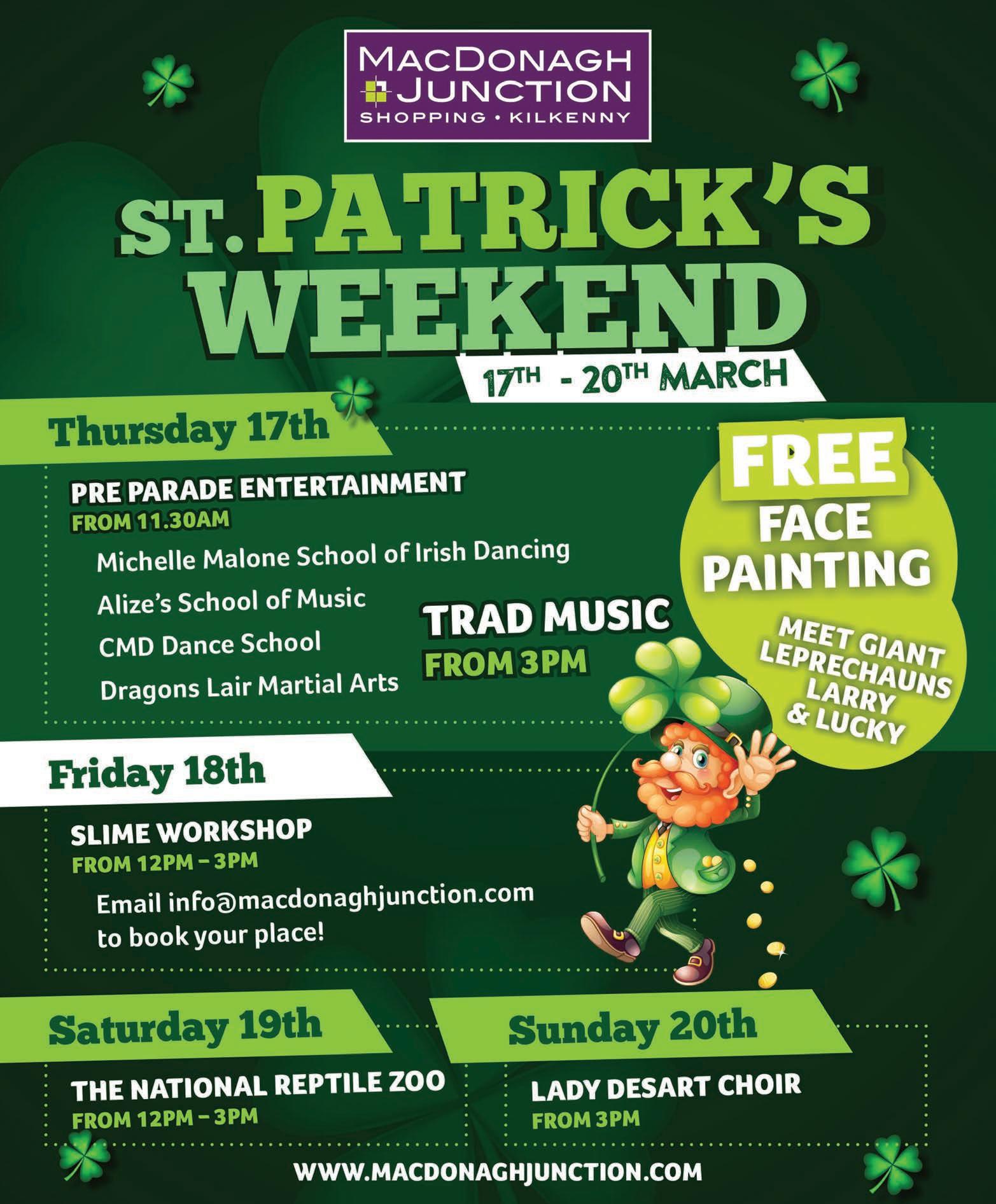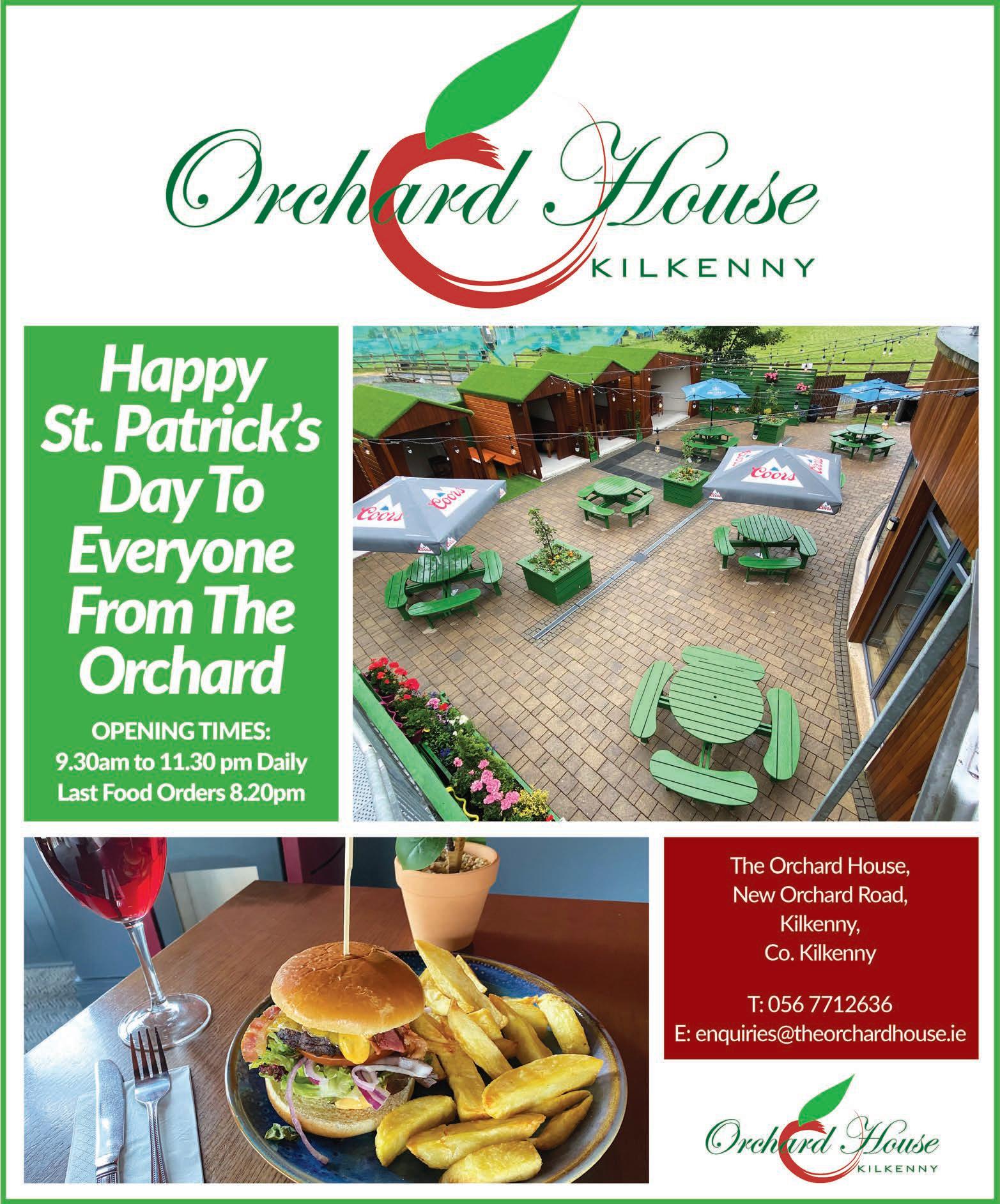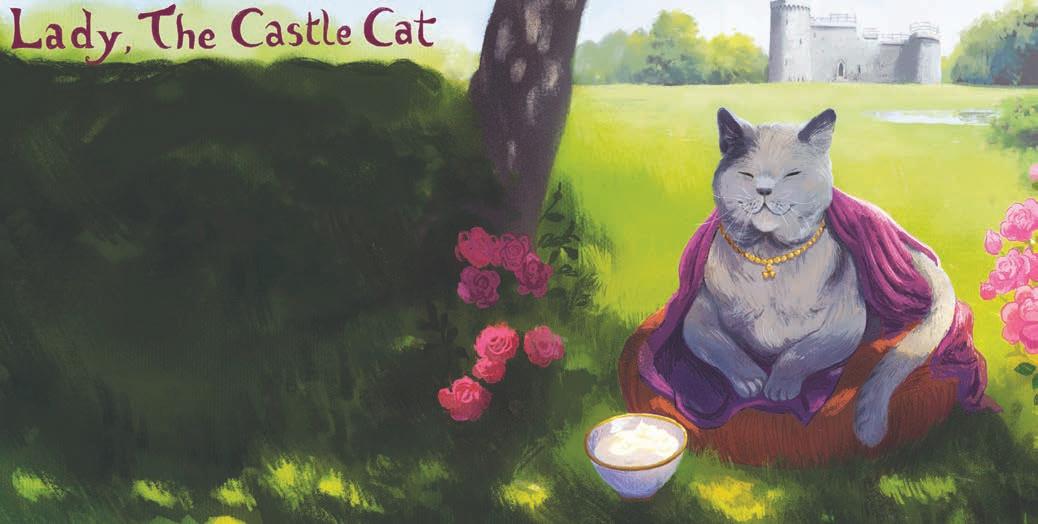
8 minute read
Gerry Cody...... P22
WEEK FIVE Kilkenny is home to the most famous cats in the world. For over two hundred years, people everywhere have heard of the fierce Kilkenny Cats. They are part of our history; part of our DNA. They reflect Kilkenny in all its glorious past, its developing present and exciting future. In week four, local author Donal Cadogan and illustrator Gemma Aloisi share their unique view of Kilkenny’s history and culture, as seen and told by its magnificent and ever-present Kilkenny Cats. This week we meet Lady, Pebble and Roundy These are taken from their recent illustrated children’s book We are Kilkenny Cats! A castle destroyed, and the birth of the Marble City
Roundy – Cromwell’s Cat
Advertisement
One morning in 1650 everyone in Kilkenny woke to the sound of horses, wagons and marching men. It was an army approaching the city walls. It was the Model Army of Oliver Cromwell. He had defeated the King’s army in the English Civil War and was now nishing o the rebellion in Ireland. As capital of the rebels, Kilkenny had to be captured.
He paid a traitor, called Captain Tickle, to open the gates and let him in but Tickle was found out and Cromwell found the gates still shut when he arrived. e people of Kilkenny were weak from a plague which had many of the soldiers lying sick in their beds. But they were ready to ght back and they struggled to the walls.
For three days the attackers tried to get through to the city. Huge cannons destroyed part of the castle and knocked holes in the city walls. Eventually the army broke into the city. With it was a small orphan kitten.
While the cats of Kilkenny didn’t want an invading army here, they were happy to welcome the new arrival and called him Roundy, after Cromwell’s troops, who were called Roundheads. Where he came from, even he didn’t know, but he became a Kilkenny cat. e soldiers had little respect for Kilkenny. ey turned the cathedral into stables for their horses. ey used the ancient Market Cross, which still stood, as a target for shooting practice. ey turned out many Catholic families from their homes and exiled them, with their cats, from Kilkenny. ey took the land and houses of those they had sent away and gave them to their own soldiers.
Kilkenny changed. With many old families gone and new ones replacing them, the rebel spirit was all but gone for many years. Only the cats remained true.
Lady – e Castle Cat
While Kilkenny Castle always had cats living in it since it was built, it was not the most comfortable place for a cat to live. It was dark inside, as the windows were very small and it was always lled with people. A cat had to watch that her tail was out of harm’s way.
In 1650, one whole side of the castle was knocked down by cannon re and a second side very badly damaged. Lord of the castle at the time was James, the 1st Duke of Ormonde. He had sided with King Charles II in the Civil War and was living in France with him at the time. He spent many years there and it was there he found a new pet, a cat which he named Lady.
When the King was back on his throne the Duke came to Kilkenny and saw the ruined castle. While it was dark and old before, it was nowhere for a Duke, or his cat, to live. He decided to rebuild and use the opportunity to make it more modern. He had seen French castles which were made comfortable for ne living and not for defence. e Duke knocked more holes in the walls, into which he put large windows to let in the light. He knocked a large hole in one wall and built a massive gate into the courtyard. He cleared away the remains of the wall which had been knocked and opened up the castle to the grounds outside it. e Castle became a pleasant place to visit, which the Duke did from time to time, while also visiting his many other homes in England. Lady, however, stayed in Kilkenny. She liked the life of luxury that a cat could have in her new home. She added a touch of charm and sophistication to the Kilkenny cat family tree.
So now you know from where we get our charm.
Pebble – A Marble Cat
While some buildings built hundreds of years ago are still in Kilkenny today, many fell down. ose that lasted were made of stone and those that fell were made from timber.
In the 18th century, the time of King George II, Kilkenny was becoming rich. It supplied shoes, blankets, whiskey and beer to faraway places and the money came into Kilkenny pockets. People had money and wanted their houses and buildings to look good, so they started to build new modern ones. To make sure they lasted, they used stone. e best they could nd was at the edge of the city. e stone was black and when rubbed shiny, looked like marble. e new buildings went up: the olsel, the court house, new rows of houses on the Parade, Parliament St and Patrick St. When visitors came and saw the shiny black stone they called Kilkenny the Marble City. e person who made the stone famous was a man called William Colles. He had a system for preparing the stone and to help him supervise it, he had a small army of cats, each called Pebble. ey watched the stone being cut out of the ground at Blackquarry on the road to Bennettsbridge and went with it when it was taken to the river Nore nearby. Stone and cat were then brought across the river by boat to a new mill which was a half mile downstream. Here special saws cut the stone.
As well as making blocks to make buildings, the stone was made into replaces, drain pipes, oor tiles and ornaments; Mr Colles had a book lled with designs for people to buy. e business grew bigger and bigger and needed more cats. But eventually marble became less popular. e mills and quarries closed down and the cats lost their jobs. It was a black day for Kilkenny’s marble cats.
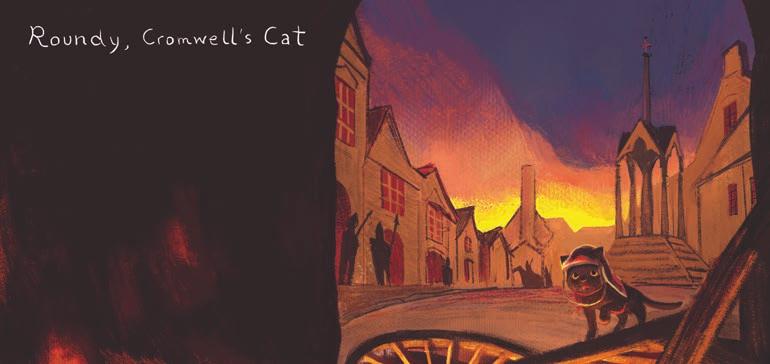
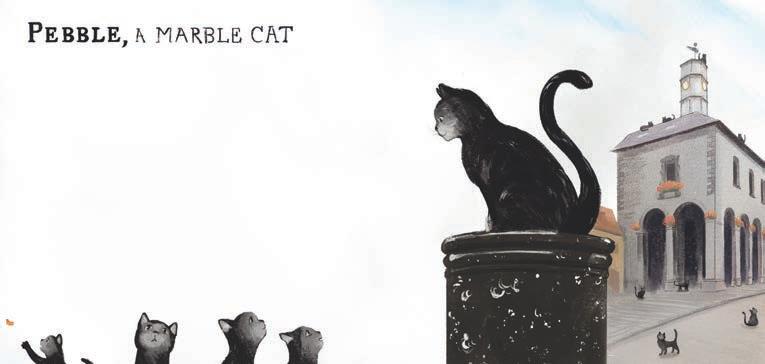

MacDonagh Junction Shopping Centre ‘The Look of the Irish




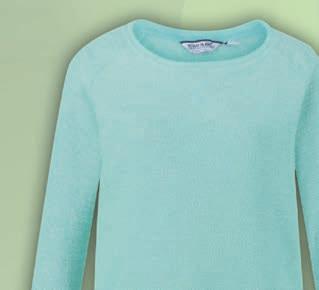


Whether you’re watching the parade or enjoying food and drinks with friends this bank holiday weekend, you can find the perfect outfit with MacDonagh Junction Shopping Centre. Want a stylish yet practical look? Stay warm and dry with a cosy jumper and rain jacket from Regatta. Finish o the look with a pair of leggings and funky shoes from Skechers, the perfect parade watching outfit! Want a chicer look? Try this gorgeous Chanel inspired blue checked jacket from Carraig Donn. Ready to step it up a notch for a night out? Have we got the perfect outfits for you! Stay on trend for St Patrick’s weekend in this stylish ru ed dress from Carraig Donn, matched with their beautiful emerald green necklace. This midi wrap dress with pink heels from Pamela Scott oozes elegance, why not compliment the look with a silver half pearl pendant from Fields? Fancy a pop of colour? This statement pink and red midi dress from River Island is definitely the dress for you! For more outfit inspiration make sure to follow MacDonagh Junction Shopping Centre on Facebook and Instagram.
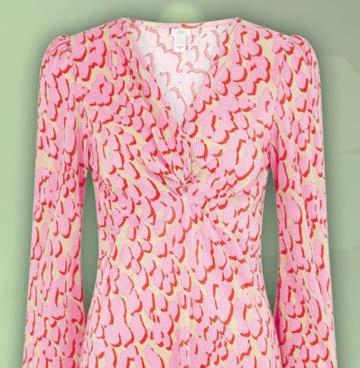

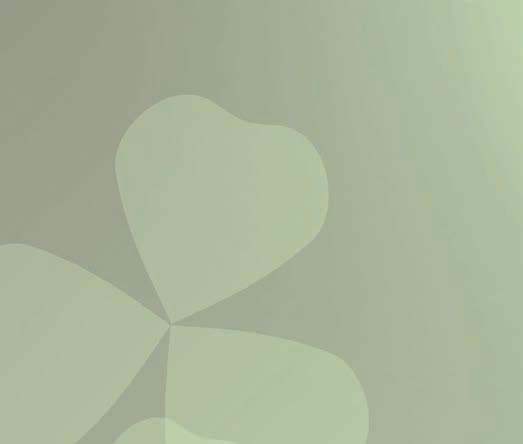
* All prices correct at time of print

Regatta €54.95 u

Carraig Donn €46.95 u River Island €64 u
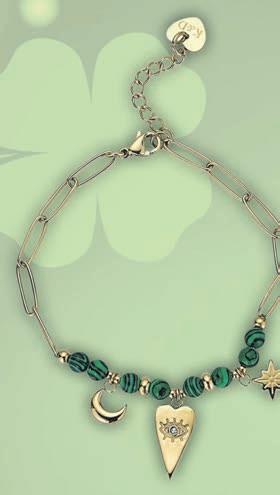




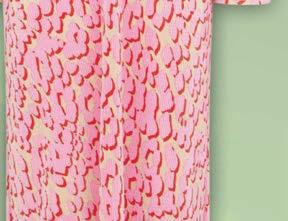


Regatta €14.99 u
t Carraig Donn €39.95
Carraig Donn €34.95 u
Chanel Inspired
Skechers €80 q Fields Fields €52.50 q q Pamela Scott €59.99 u
t Pamela Scott €39.99

